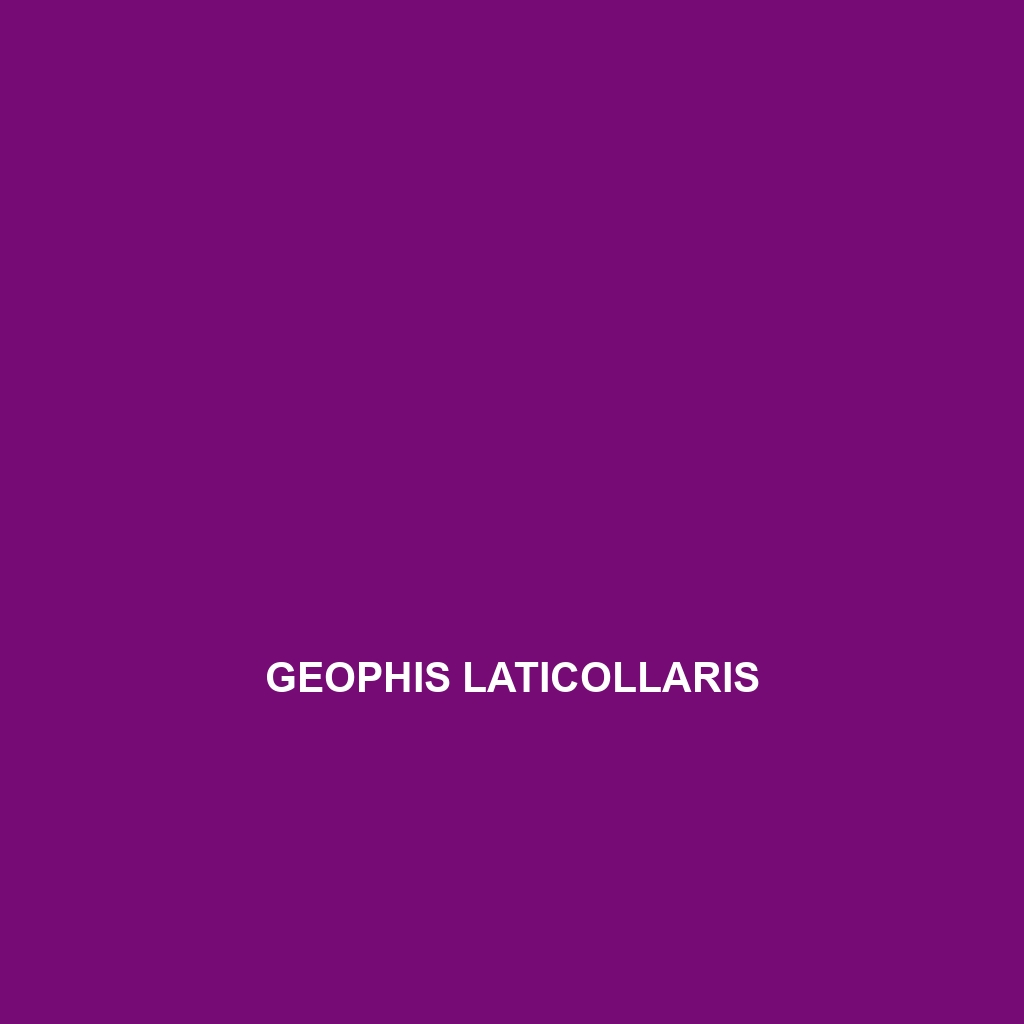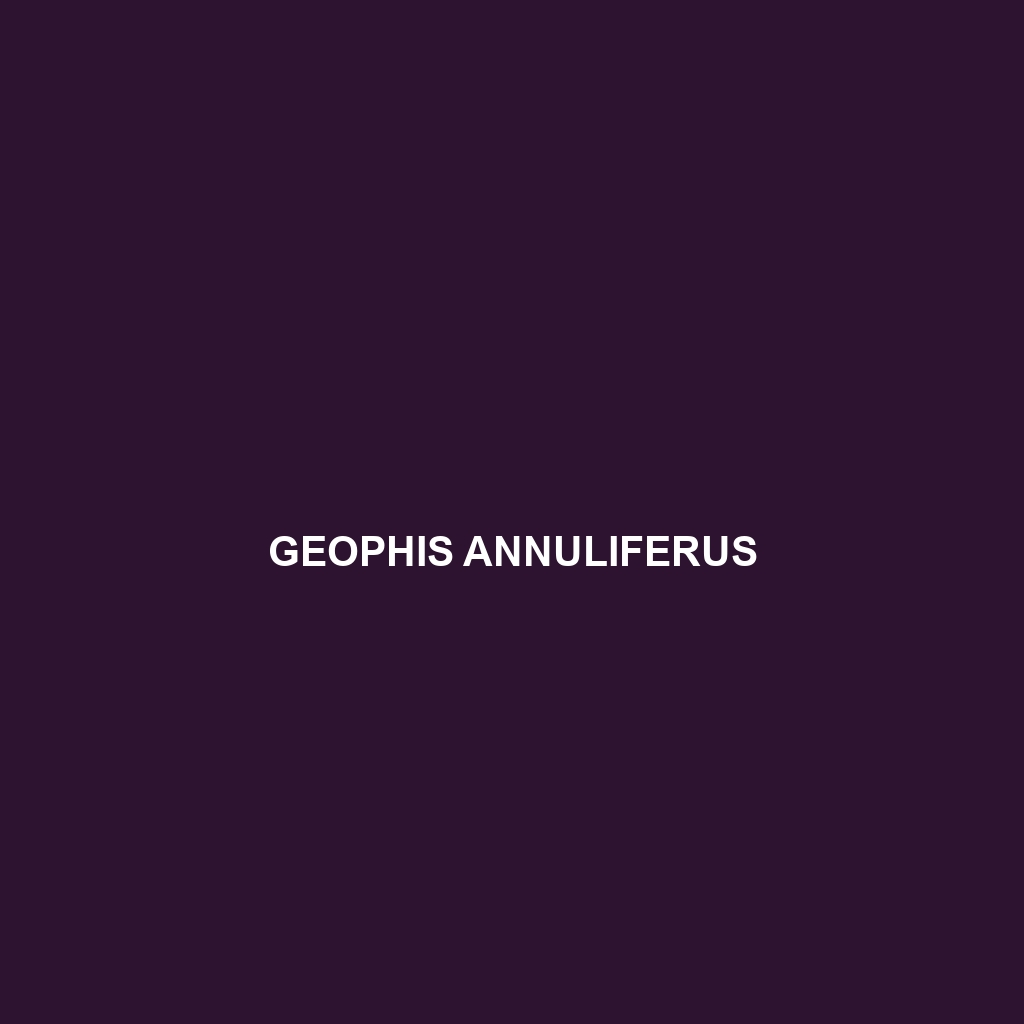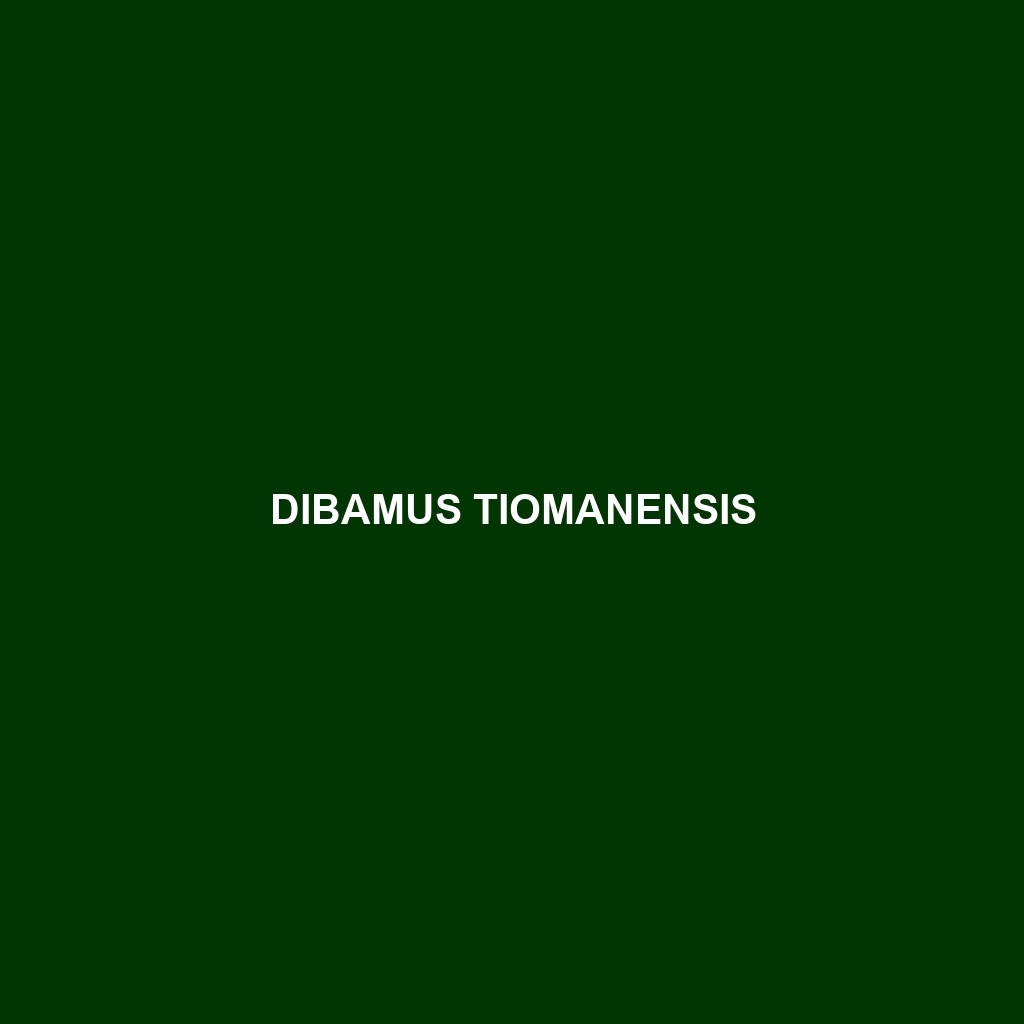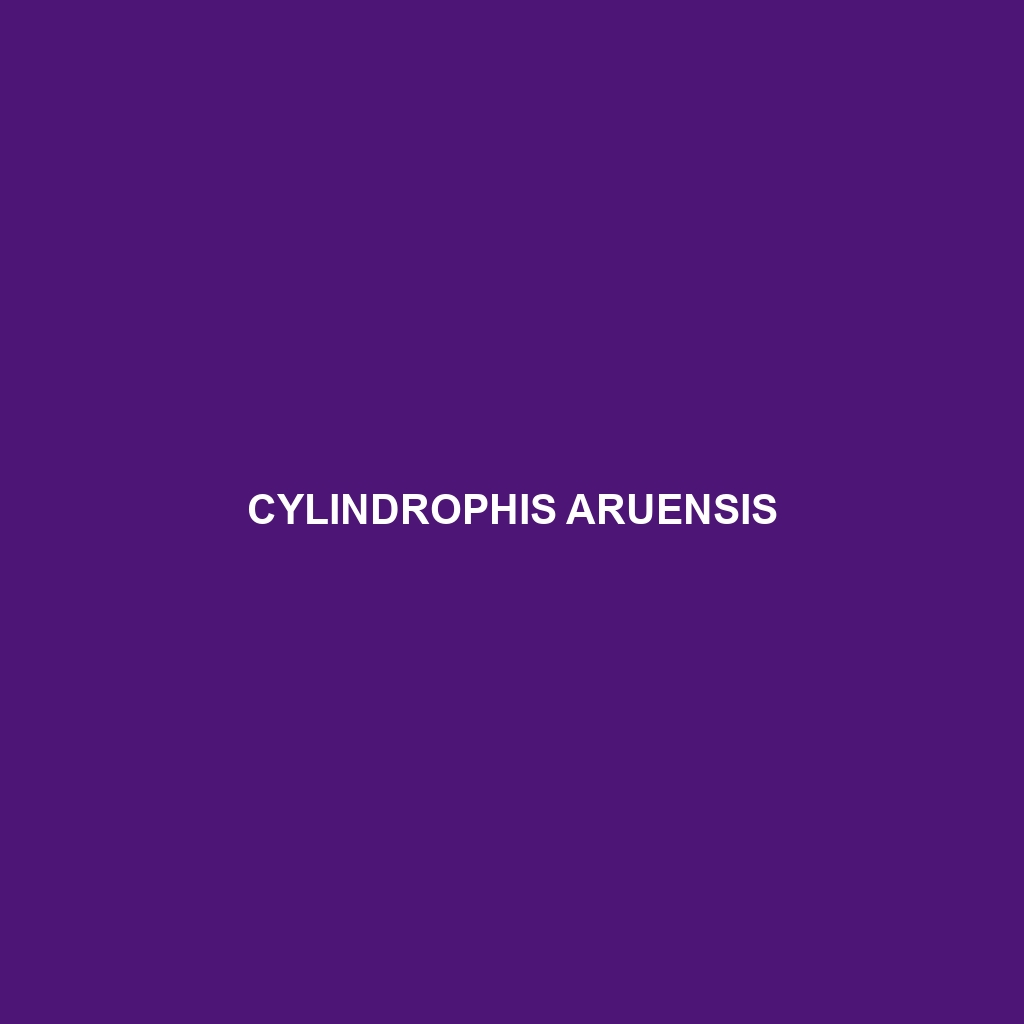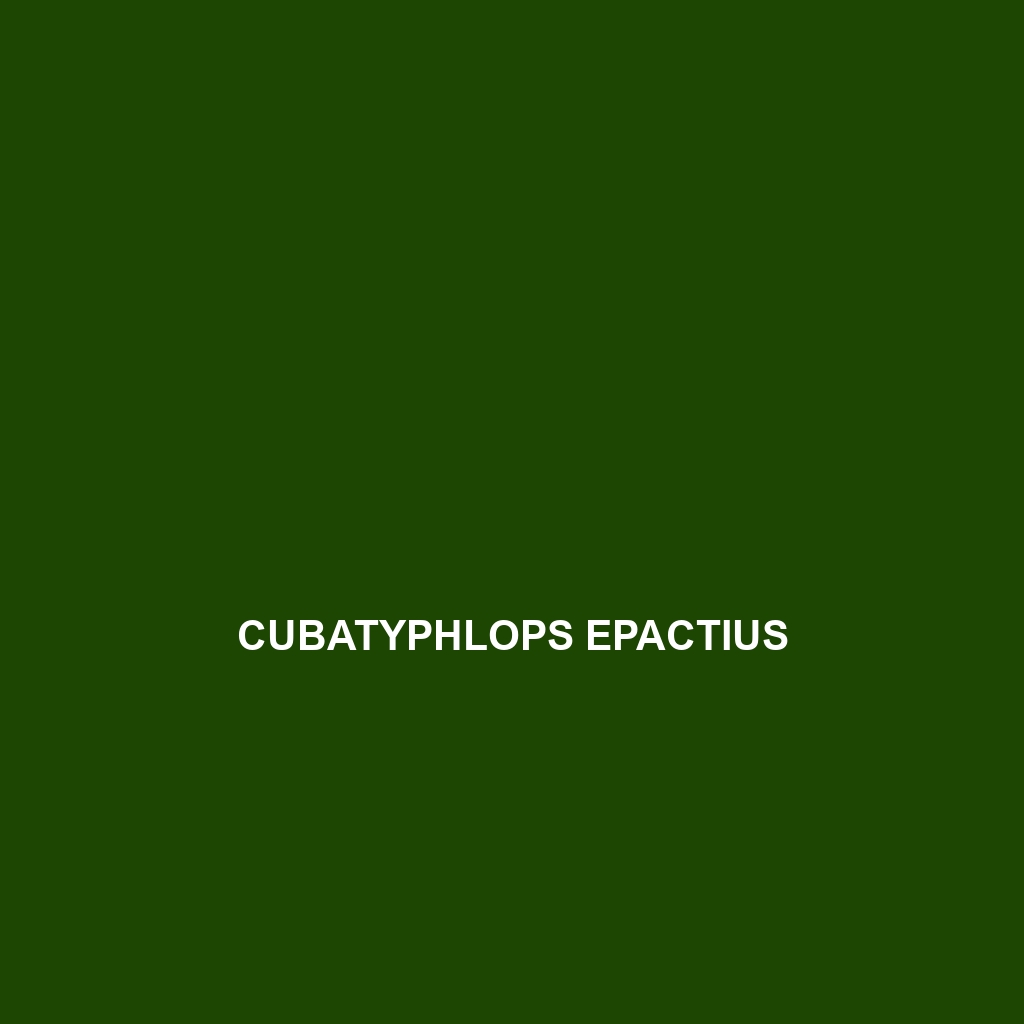Common Name Geophis laticollaris Scientific Name Geophis laticollaris Habitat Geophis laticollaris, commonly known as the wide-collared earth snake, is primarily found in the lush habitats of Central America. This species thrives in tropical rainforests, where the humid climate provides a rich biodiversity and a complex ecosystem. They are often located in lowland moist areas, including […]
Tag: earthworm diet
Geophis annuliferus
Discover the Geophis annuliferus, or Annulated Earth Snake, a nocturnal species native to the humid rainforests of Central America, known for its striking dark brown and cream-banded coloration, efficient burrowing abilities, and essential role in controlling invertebrate populations within its ecosystem. This harmless snake plays a vital ecological role while thriving in moist environments.
Epictia martinezi
<p><b>Epictia martinezi</b> is a small, legless snake native to Central America's tropical rainforests, recognized for its slender, camouflaged body and nocturnal hunting habits. As a specialized insectivore, it plays a crucial role in controlling insect populations and maintaining ecosystem balance.</p>
Epictia goudotii
<p><b>Epictia goudotii</b>, commonly known as Goudot's worm snake, is a slender, fossorial species found in the humid rainforests of Central and South America, primarily feeding on invertebrates and playing a vital role in ecosystem balance. With its smooth, mottled body and nocturnal behaviors, this intriguing snake adapts seamlessly to its underground lifestyle amidst dense vegetation.</p>
Dibamus tiomanensis
Introducing the Dibamus tiomanensis, a legless lizard native to the tropical rainforests of Tioman Island, Malaysia. Known for its slender, colorful body and nocturnal burrowing behavior, this Vulnerable species plays a crucial role in pest control and soil aeration in its ecosystem.
Cylindrophis lineatus
Discover the Cylindrophis lineatus, or Common Earth Snake, a nocturnal species found in tropical Southeast Asia, known for its distinctive alternating dark and light bands and burrowing behavior. This mild-tempered snake plays a vital role in controlling invertebrate populations while thriving in moist environments like lowland forests and swamps.
Cylindrophis aruensis
Discover the unique Cylindrophis aruensis, or Aurnese cylindrical snake, thriving in Southeast Asia's tropical forests. This nocturnal, burrowing species, known for its smooth, banded body and diet of small invertebrates, is currently classified as vulnerable due to habitat loss.
Cubatyphlops epactius
Discover the Cubatyphlops epactius, a small, blind snake native to the moist rainforests of Central America. With a length of 20-30 cm, this fossorial species plays a vital role in its ecosystem by controlling invertebrate populations and contributing to soil health.
Cubatyphlops arator
Discover the Cubatyphlops arator, a small, non-venomous snake found in Central America's sandy and loamy soils, thriving in grasslands and forest edges. With its slender body measuring 30 to 50 centimeters and a diet of small invertebrates, it plays a vital role in maintaining soil health and biodiversity.
Chilorhinophis butleri
Discover the Chilorhinophis butleri, or Butler's snakelike worm snake, a reclusive and vulnerable species native to the humid tropical forests of Central and South America. This small snake, typically 30-45 cm long, features smooth scales and dark brown and cream banding, thriving in leaf litter while primarily feeding on small invertebrates.
